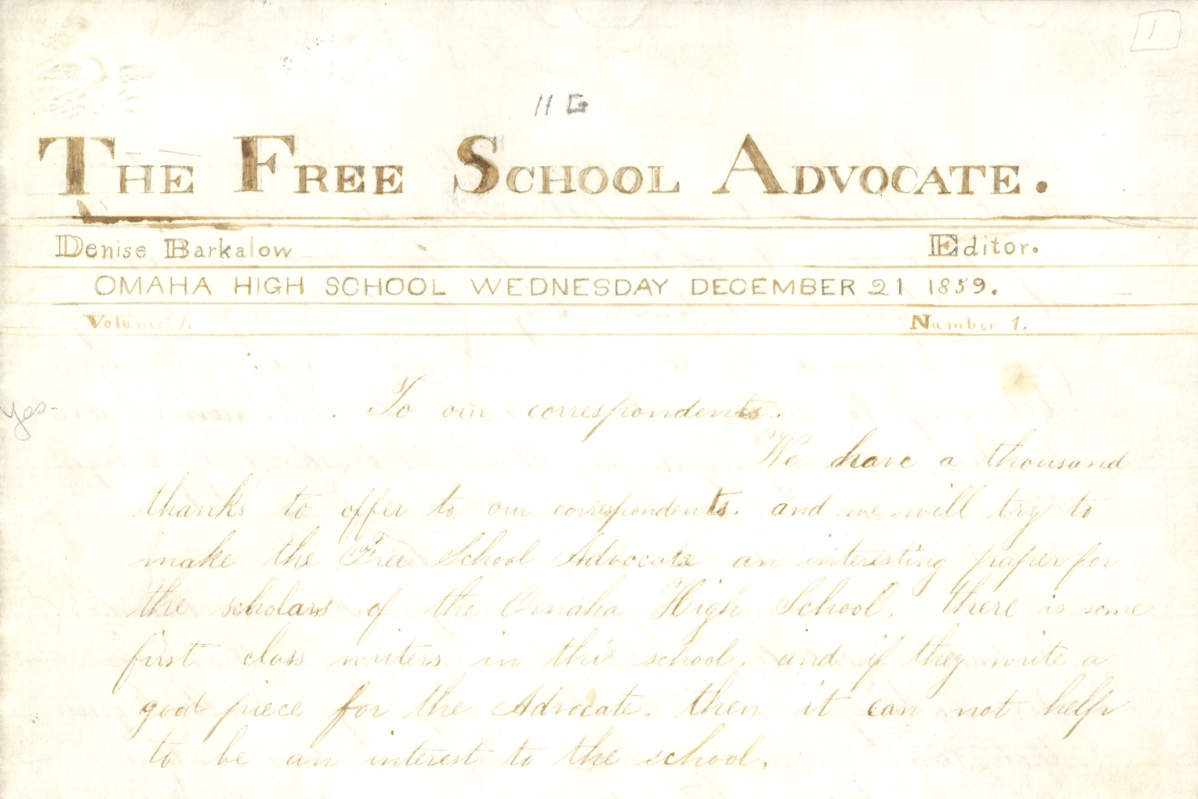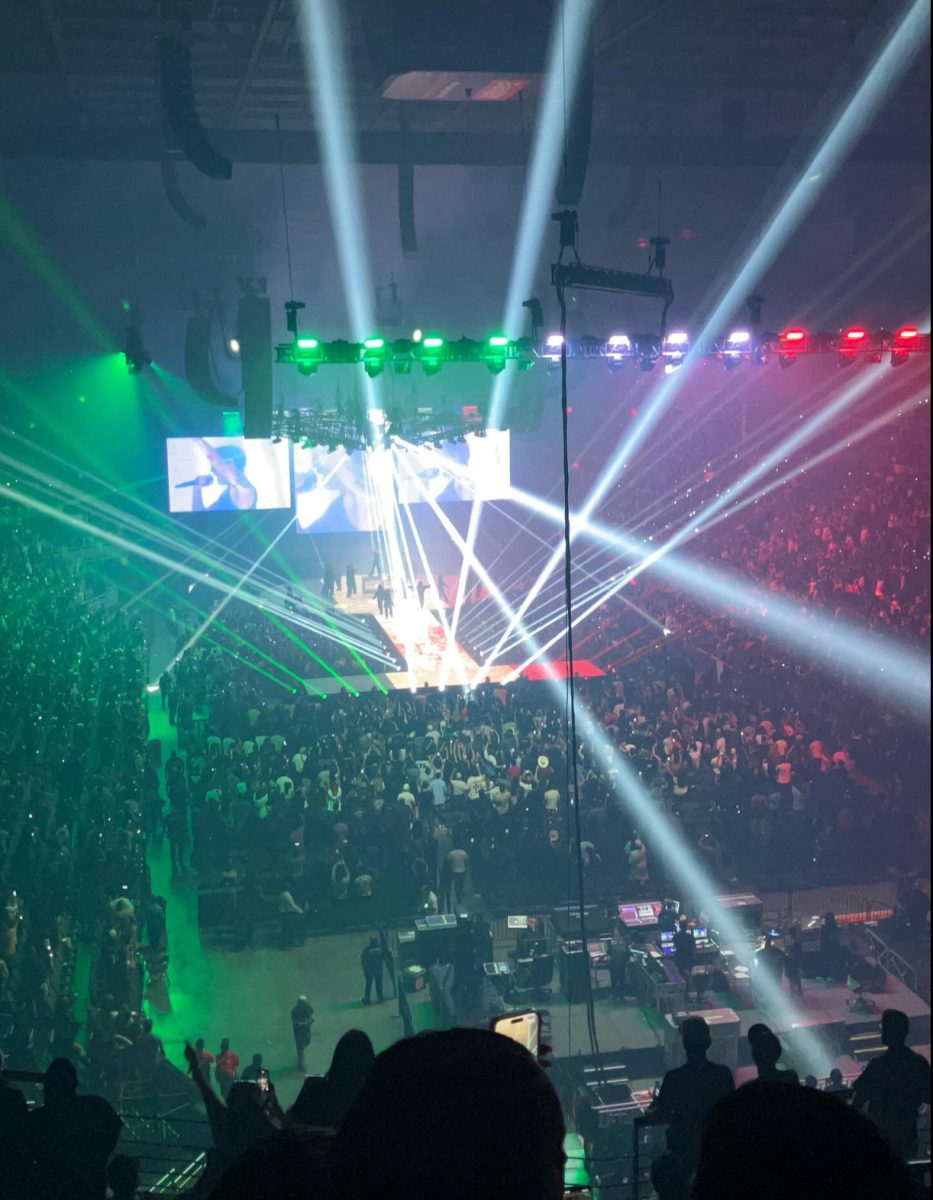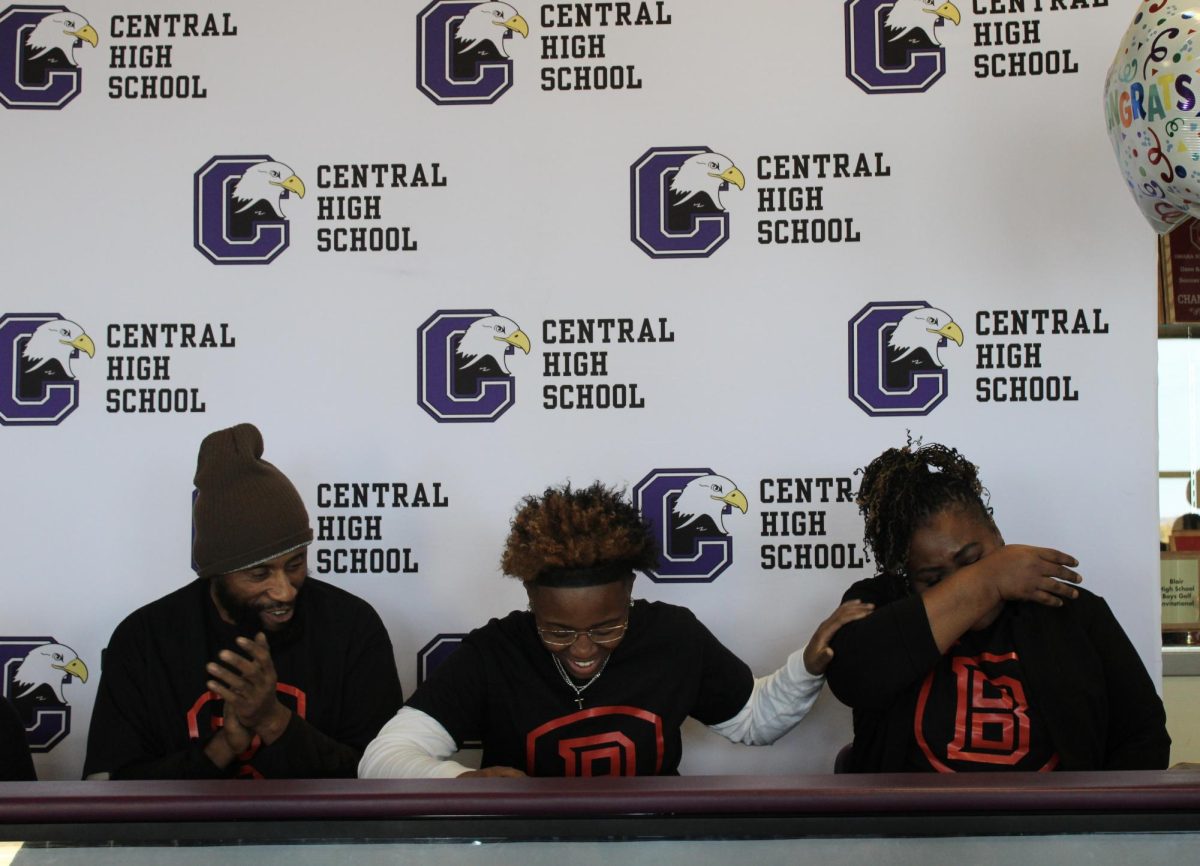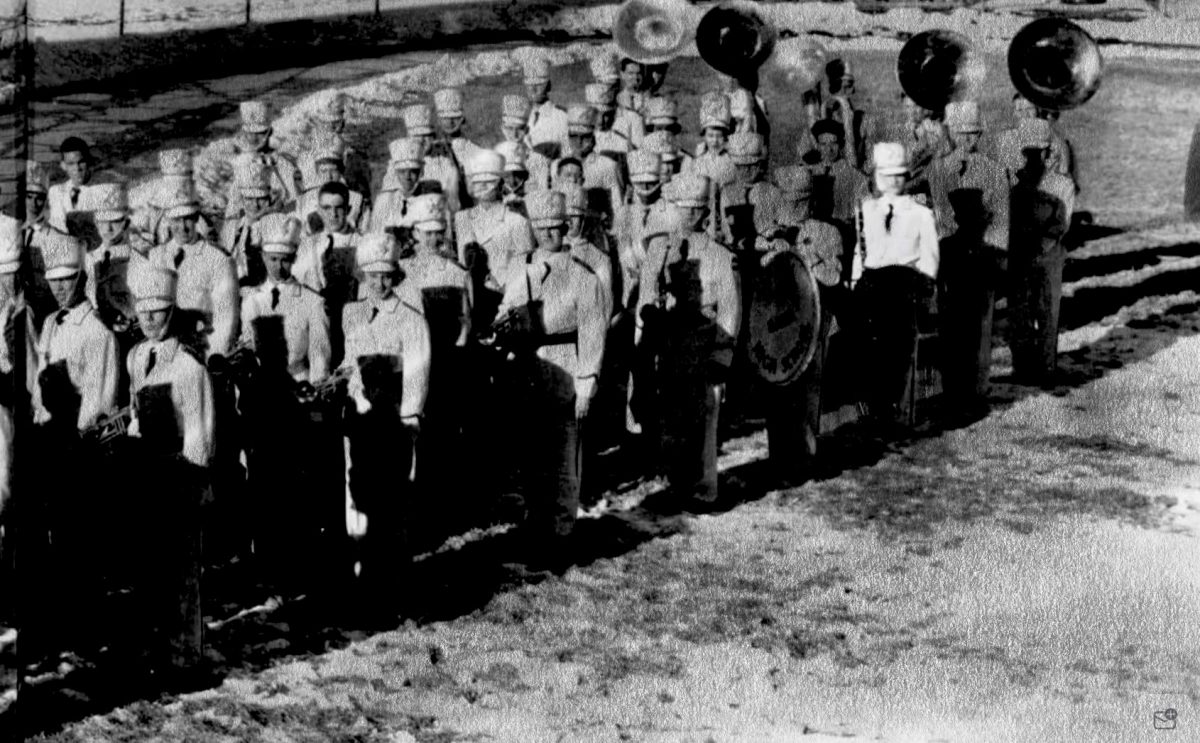College sports are becoming more about the money and how much athletes can earn in Name, Image and Likeness money than it is about the talents at the actual school. The larger the schools, the more likely it is that an athlete’s name gets out.
Since Covid, the amount of money athletes can earn through NIL has skyrocketed. Prior to 2020, there was a strict prohibition against athletes to use their likeness or status to earn money, meaning they could not participate in any endorsements or advertisements. For many Covid-era athletes, a fifth year of eligibility was granted that aided as another way to earn even more cash through sponsorships.
NIL money, which can come from a places like corporations, NIL collectives, social media and the sale of merchandise and signed memorabilia, can allow athletes to generate millions of dollars.
For example, as a freshman at the University of Texas, Arch Manning has made an estimated $6.6 million as a backup quarterback. This is compared to the average National Football League salary in 2024, which is around $3.4 million. A backup quarterback who didn’t see the field much for a division I school is making more in a year than the average rookie NFL player.
In 2023, Manning had red-shirted, and Texas maintained an overall 12-2 record. In 2024, they held a 13-3 record, proving that they have a lot of talent on their team. The question, however, is how many of those athletes committed and signed to Texas because they knew that they would be able to make more in NIL money because of how well known the University of Texas is.
NIL can also cause possible recruiting battles for many student athletes, creating an increase in the potential for NIL earnings, which takes the focus away from the athletic development and the academic fit for a school and shifts it toward the financial benefits that may come with attending a certain school. Schools with smaller athletic departments are not as likely to have the funding to facilitate some of the large NIL deals. This furthers the competitive gap between conferences and schools.
Another prominent example is gymnast Livvy Dunne, who recently graduated from Louisiana State University. In her time at LSU, she earned an estimated $9.5 million total and around $3.9 million per year, according to Sports Illustrated. On average, United States professional gymnasts make $56,000 a year, making Dunne a standout exception.
College athletes making money is important. However, it is important when deciding where to continue their sport that athletes are committing to a program that not only suits them, but also allows them to compete at a level appropriate for their talent. Some of the athletes are going to these schools knowing that they will be sitting the bench, but because of how large of a program the school may have, the more publicity it gets, thus helping with the amount of NIL money an athlete can receive.
I don’t think that athletes should be making more money from NIL than professional athletes make from their jobs. In most cases, professional athletes have a heavier load, more pressure for performance, and are more talented due to the simple fact it is their life and job. That is why professional athletes make the money they do.
I think especially for division I athletics there should be a cap on the amount of money athletes can work and make in NIL money. This way there is a limit to what these athletes are making, allowing them to continue to focus on academics and athletics rather than just making money.
This would also allow students to go to the schools that they feel fit them the best and would be getting playing time in their designated sport. This would also eliminate the possible recruiting battles that pop up.
This would also ensure the promotion of athletes getting a degree while simultaneously working towards going professional, if that is their desire, allowing athletes to have a career path set up if going professional doesn’t work out in the long run.
I understand where former coaches like Nebraska volleyball’s Terry Pettit come from when he says, “Should the players who entertain us have the same opportunity to earn money and play where they want to as the coaches who coach them? This is not a rhetorical question.” Athletes do have the right to earn money, but when it gets to a point when they are making more money than their coaches or those who are playing professionally, that is when issues start to arise, and it becomes more about the money than is does the actual sport.
















